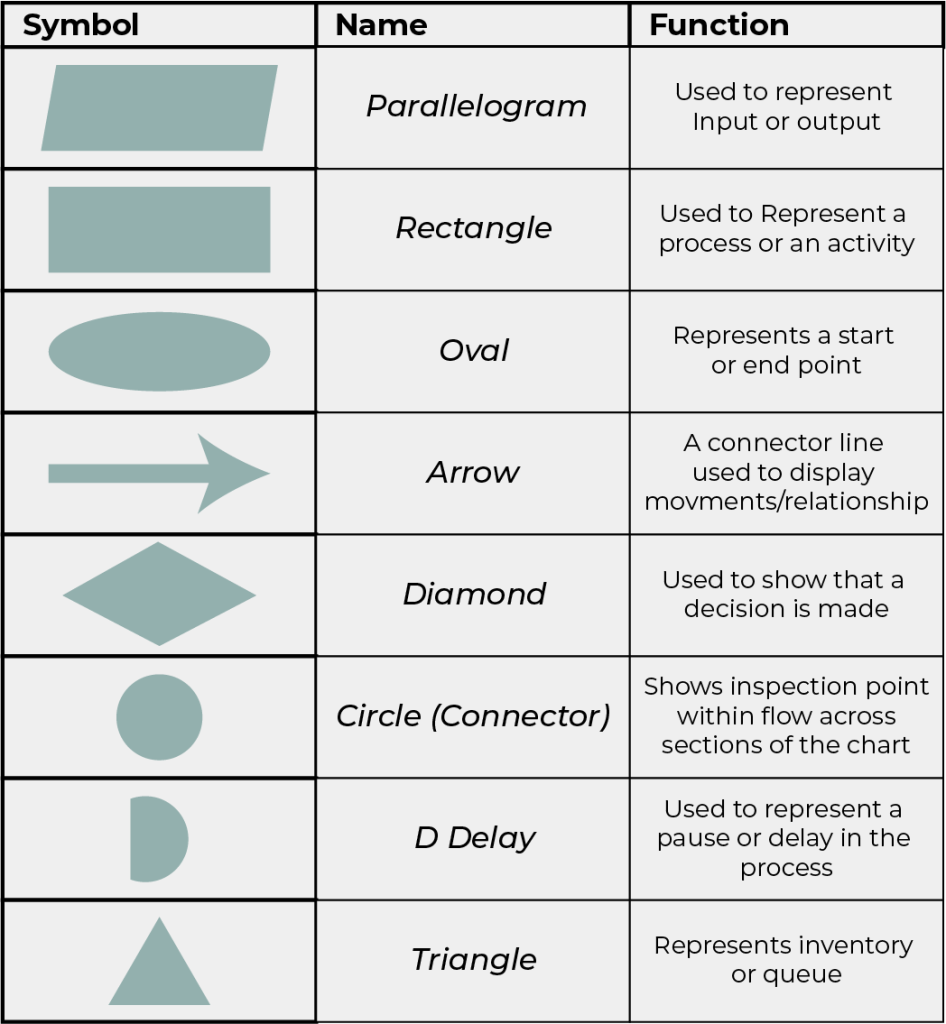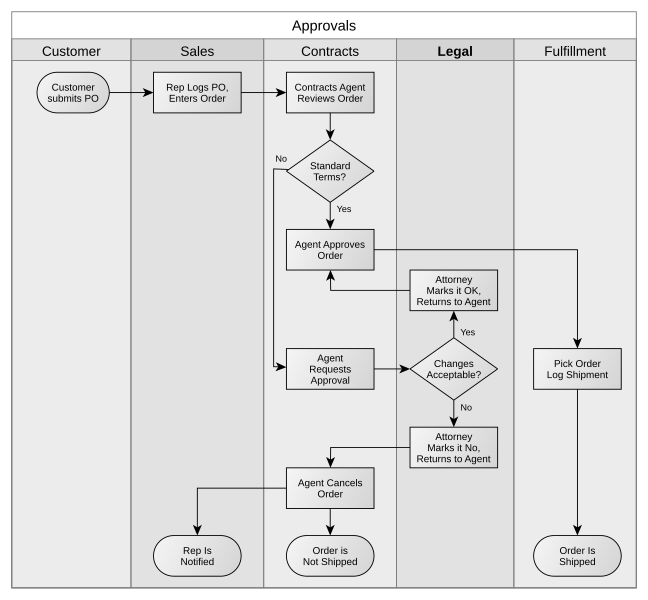5.6 Evaluation and Documentation of Processes
The evaluation and documentation of business processes are essential for understanding, optimizing, and managing organizational workflows. These practices provide a structured approach to visualizing how work is performed, identifying inefficiencies, and implementing improvements that enhance performance, reduce errors, and optimize resource utilization.
The Importance of Process Documentation
Effective process documentation serves several strategic and operational purposes. Key benefits include:
- Standardization
Ensures consistency in task execution across departments and teams, reducing variability and enhancing quality. - Training and Onboarding
Acts as a reference guide for new employees and supports cross-training initiatives, accelerating learning and reducing dependency on informal knowledge transfer. - Regulatory Compliance
Helps organizations meet external regulatory requirements and internal quality standards by providing clear, auditable records of how processes are executed. - Continuous Improvement
Facilitates the identification of bottlenecks, redundancies, and inefficiencies, enabling data-driven process enhancements. - Knowledge Retention
Captures institutional knowledge, preserving critical information and reducing reliance on specific individuals or informal practices.
Common Tools for Process Documentation
To effectively document and evaluate processes, organizations use a variety of tools. Two of the most widely adopted are:
- Process Flow Diagrams Visual representations that map out the sequence of activities, decisions, and flows within a process. They help stakeholders quickly understand how a process operates from start to finish.
- Process Charts Tabular or graphical tools that detail the steps in a process, including the type of activity (e.g., operation, inspection, transport), the resources involved, and the time or cost associated with each step.
These tools will be explored in greater detail in the following sections, providing practical guidance on how to apply them in real-world business contexts.

Figure 5.7: Elements of Process Flow Diagram (Please reproduce this diagram)

Figure 5.8: The process of auto repair in a service garage (Can you please find a different scenario but similar steps as this one is from the textbook)
A process flow diagram can go beyond representing the production process by showing all the activities that are carried out in an organization. These diagrams are known as Swim Lane flows, as shown in Figure 5.6.3, depicting the process of order filling


